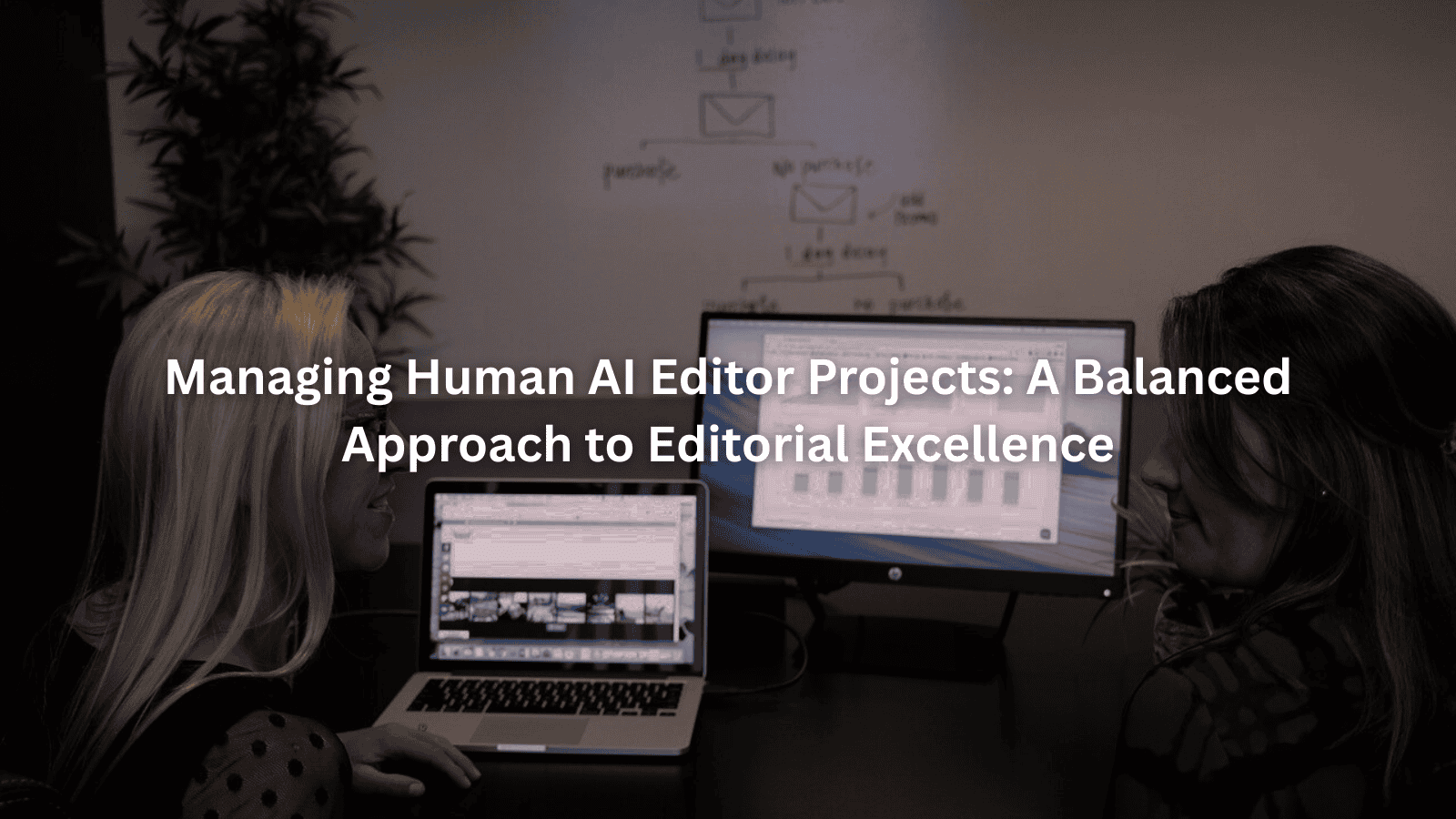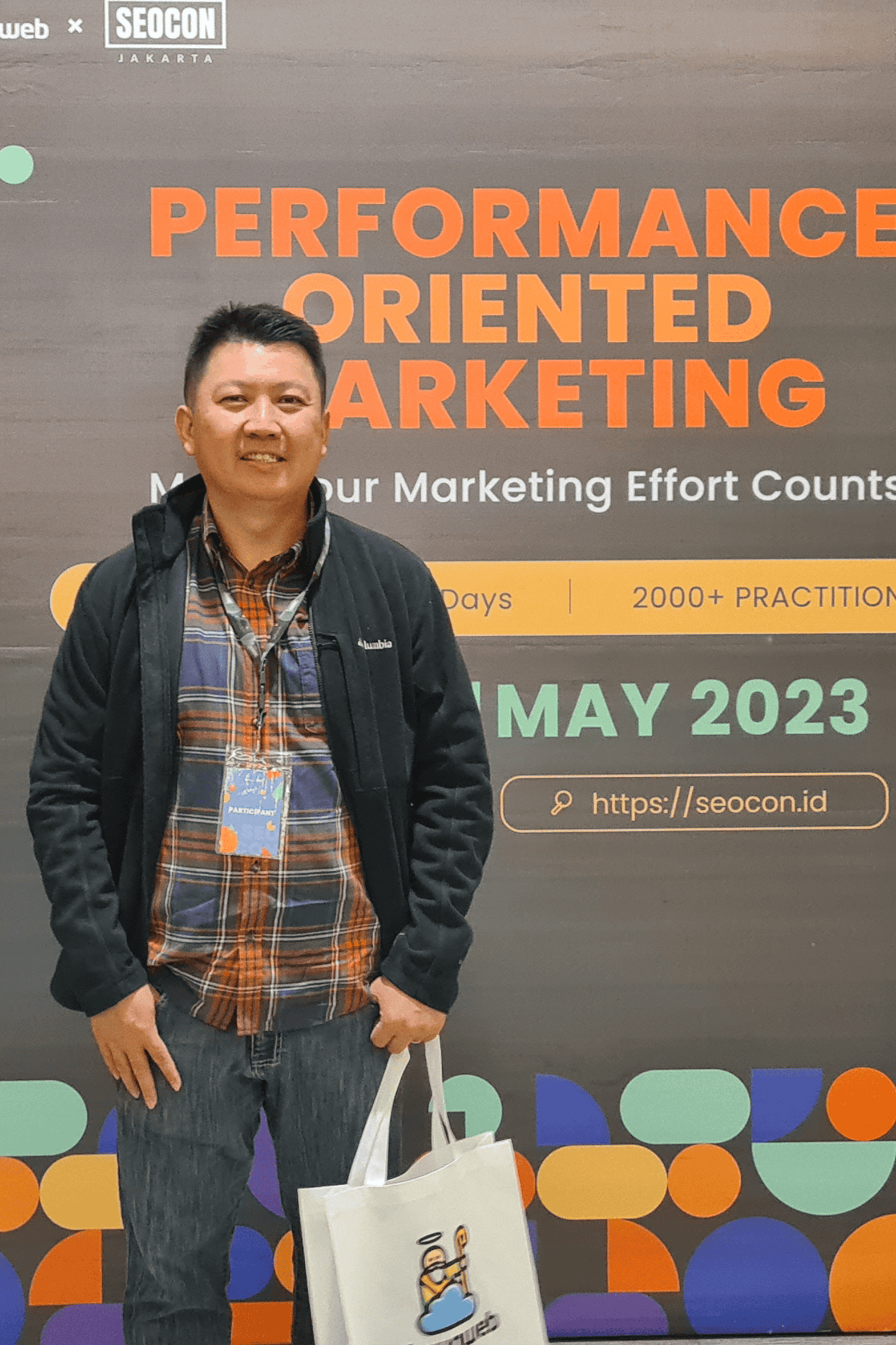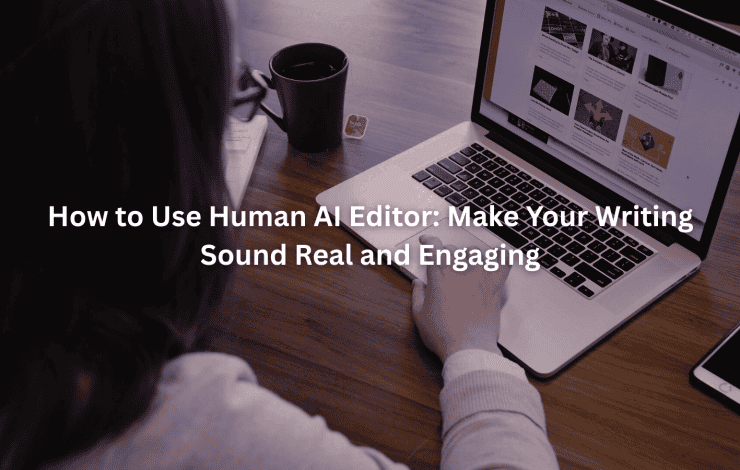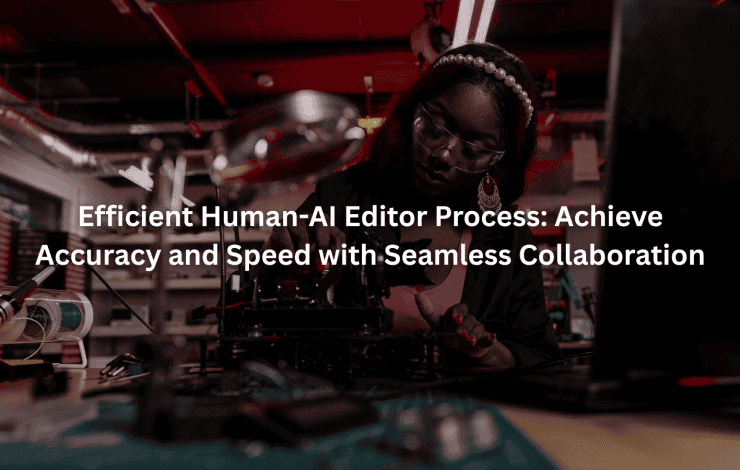Looking at how human editors work with AI today brings up a lot of questions about getting things done right. It’s messy sometimes. The mix of creative human thinking and computer efficiency seems like it should work perfectly, but the reality isn’t that simple.
Teams need solid plans for making human editors and AI systems work together. The goal isn’t replacing people with machines. It’s about finding that sweet spot where both sides complement each other. Quality matters. Ethics too. Success comes from understanding what each side brings to the table, then building something that really works.
Key Takeaway
- Know who does what best let AI handle the boring stuff while editors tackle the creative decisions
- Set up systems where humans and AI actually work together, not just side by side
- Keep things organized and ethical, and make sure everyone keeps learning new skills
Managing Editor and AI Teams: What Actually Works
In our editorial team, we’ve seen firsthand how traditional editors are adapting to AI tools. Editors who’ve spent years perfecting their craft are suddenly sharing their workspace with AI programs, and honestly, it’s kind of fascinating to watch. Some love it. Others hate it. Most are somewhere in between, trying to figure out what works best.
Walk into most newsrooms these days and you’ll see a mix of old and new. There’s Susan with her red pen and style guide (probably older than some of the interns), working right next to Jake who’s testing out the latest AI writing assistant. Kind of weird, but also kind of cool. The whole industry’s basically turned into this giant experiment in finding the right balance.
Nobody’s really got it all figured out yet. But that’s okay. The smart teams are the ones watching what works, keeping the good stuff, and quietly dropping what doesn’t. They’re learning that AI can handle the boring parts pretty well, while humans still need to do the thinking that matters. It’s messy sometimes, but it’s working. Sort of.
Who Does What (And Why)

What AI’s Good At
These computer programs are pretty good at the boring stuff nobody wants to do anyway. They’ll spot typos and weird formatting in seconds, which is pretty neat. Sure, they mess up sometimes (like suggesting “their” when it should be “there”), but mostly they get it right. Style guides? They eat those for breakfast.
When you’ve got something like Jet Digital Pro doing the grunt work, real editors can actually focus on making content better. It’s like having that one intern who loves fixing citations and never complains about checking sources.
Where Humans Shine
You just can’t beat a good editor’s instincts. They know when something sounds off, even if they can’t explain why. Sometimes breaking grammar rules makes writing better. Sometimes a perfectly correct sentence just sounds wrong. AI doesn’t get that. Not yet anyway.
The best editors know their readers, understand context, and can spot ethical problems from a mile away. That’s not something you can teach a computer, no matter how smart it is.
Making It Work
Look, nobody’s saying throw out everything and let robots run the show. But here’s what usually works pretty well:
Let AI handle:
- First round of grammar checks
- Basic formatting stuff
- Finding repeated words
- Checking readability scores
Keep humans in charge of:
- Final say on changes
- Tone and voice decisions
- Fact checking
- The weird edge cases that pop up
- Turns out when everyone sticks to what they’re good at, things run smoother. Who knew?
Setting Up Good Workflows
Getting Humans and AI to Play Nice
The most successful teams are constantly refining how they’re integrating human-AI editors into workflows, finding routines that let both sides bring their strengths to the table.
Let the AI do its thing with bulk content cleanup, but have editors review and refine the output. It’s like having a really productive brainstorming session where both sides bring something useful to the table.
Making the Pipeline Flow
Different projects need different approaches. Sometimes AI can handle most of the heavy lifting, but other times you need editors driving the whole process. The key is staying flexible:
- Switch up who does what based on the content type
- Be ready to change course if something’s not working
Keeping Everyone in Sync
Good teamwork doesn’t happen by accident. You need solid communication channels and clear processes:
- Use chat apps or project platforms to keep everyone connected
- Let editors tweak AI output on the fly when needed
When everyone knows their role and can communicate easily, the whole process runs smoother. Nothing fancy about it – just good old-fashioned teamwork with some new tools in the mix.
Governance, Ethics, and Compliance
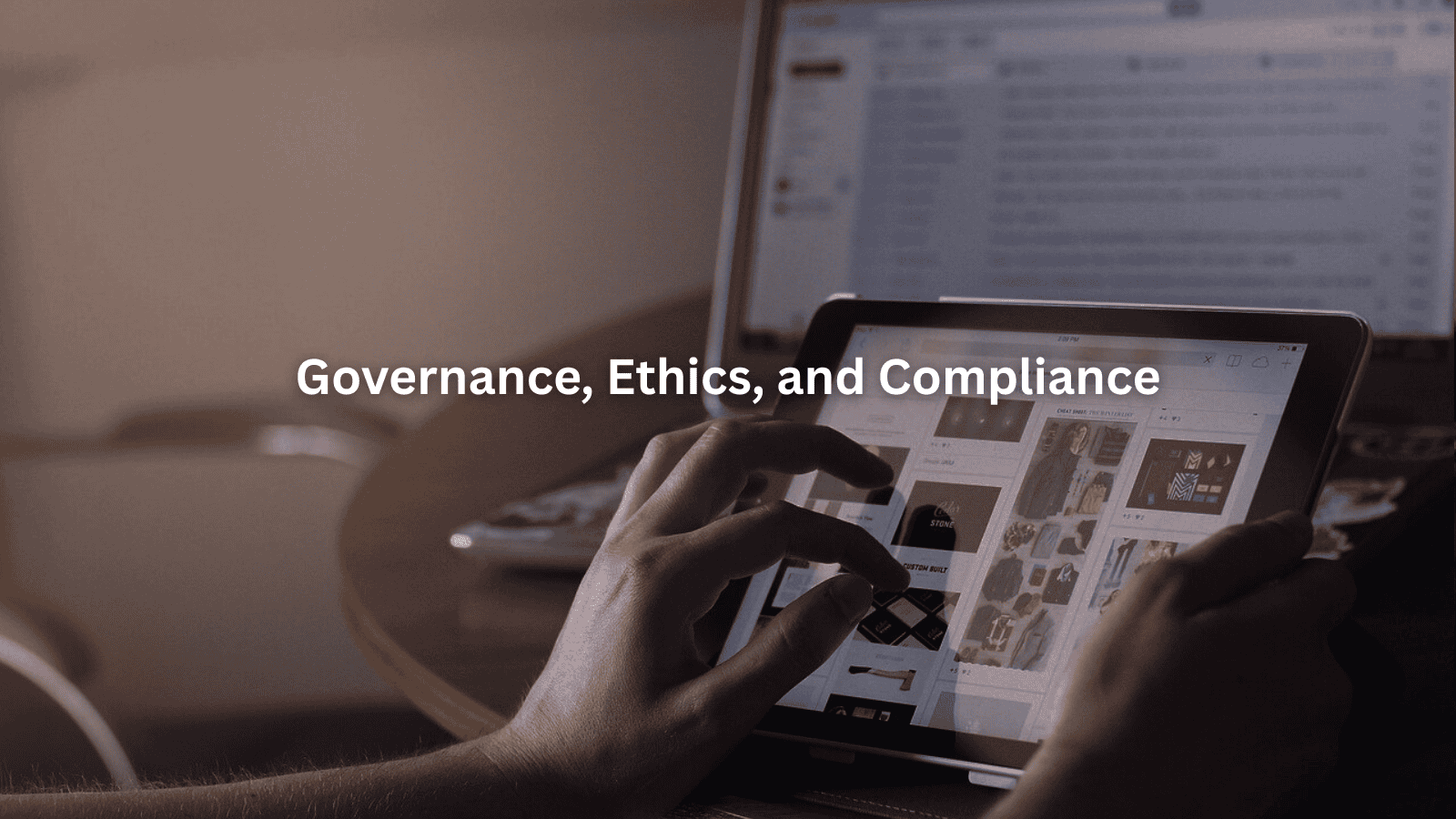
Establishing AI Governance Frameworks
As we integrate AI into our editorial processes, establishing governance frameworks is vital. These frameworks should outline data privacy policies and ethical use standards.
Effective governance ensures that we can detect and mitigate biases in AI outputs. This is especially important as AI systems can inadvertently reflect societal biases if not monitored closely.
A recent Scientific Reports study found that even high-performing AI models can exhibit unpredictable behaviors and subtle bias in language processing, especially under minimal prompt variation [ 1 ].
Ensuring Human Oversight
Human oversight is non-negotiable. We must monitor AI outputs for accuracy, fairness, and adherence to our ethical standards. This means involving domain experts in critical decisions, especially when the stakes are high.
With tools like Jet Digital Pro, we can leverage AI while ensuring that a human touch remains present throughout the process. This balance is fundamental to maintaining editorial integrity.
By adopting a human-in-the-loop AI content model, we ensure that critical editorial decisions still come from experienced professionals, not just machines.
Transparency and Accountability Measures
Transparency is key to building trust in AI-assisted editing. We need to clearly disclose AI’s involvement in editorial processes and maintain documentation of any AI-assisted edits.
- Clear disclosure: Always inform stakeholders about where AI has influenced the editorial process.
- Documentation: Maintain audit trails to track AI contributions.
These measures help ensure accountability and foster confidence among team members and clients alike.
Human-AI Interaction and Skill Development
Fostering Trust and Open Communication
A culture of trust and open communication is essential for successful human-AI collaboration. We encourage our editors to provide feedback and question AI suggestions. This dynamic helps build a more robust and adaptive editorial environment.
Contextual Input Enhancement
To improve AI performance, we also focus on providing detailed instructions and context.
- Provide detail instructions: The more context we give our AI tools, the better they perform.
- Utilize prompt engineering: This technique can help refine AI responses and improve outcomes.
These practices not only enhance AI performance but also empower our human editors to work more effectively.
Upskilling Human Editors
We recognize the importance of upskilling our human editors. Training programs focused on effective AI tool usage are crucial for fostering adaptability.
As AI technologies continue to evolve, we must promote a mindset of continuous growth among our editorial teams. This adaptability will ensure we remain competitive in an ever-changing landscape.
Tool Selection and Workflow Optimization
Criteria for Choosing AI Editorial Tools
Selecting the right AI editorial tools is essential. We prioritize user-friendly interfaces that can be easily navigated by non-technical users. As we redesign workflows to support human-AI editor workflow integration, identifying which tasks belong to people and which to automation becomes essential.
- Ease of use: Tools should be intuitive and require minimal training.
- Seamless integration: Ensure compatibility with our existing content management systems.
By choosing tools that meet these criteria, we enhance the efficiency of our editorial processes.
Workflow Redesign for Automation
When redesigning workflows for automation, we identify tasks suitable for AI delegation. Continuous assessment of processes allows us to adapt as AI capabilities evolve.
- Identify tasks for AI: Determine which tasks can be automated without compromising quality.
- Regular assessment: Continuously evaluate the effectiveness of our workflows.
This approach helps us streamline operations and maintain a high standard of content quality.
Balancing Human Expertise and AI Capabilities
It’s essential to strike a balance between human expertise and AI capabilities. We must avoid imposing rigid processes on AI tools while leveraging their strengths.
- Avoid rigid imposition: Allow flexibility in how AI tools are applied.
- Leverage strengths: Use AI for its automation capabilities while preserving human judgment.
This balance leads to a more efficient and effective editorial workflow.
Performance Metrics and Continuous Improvement
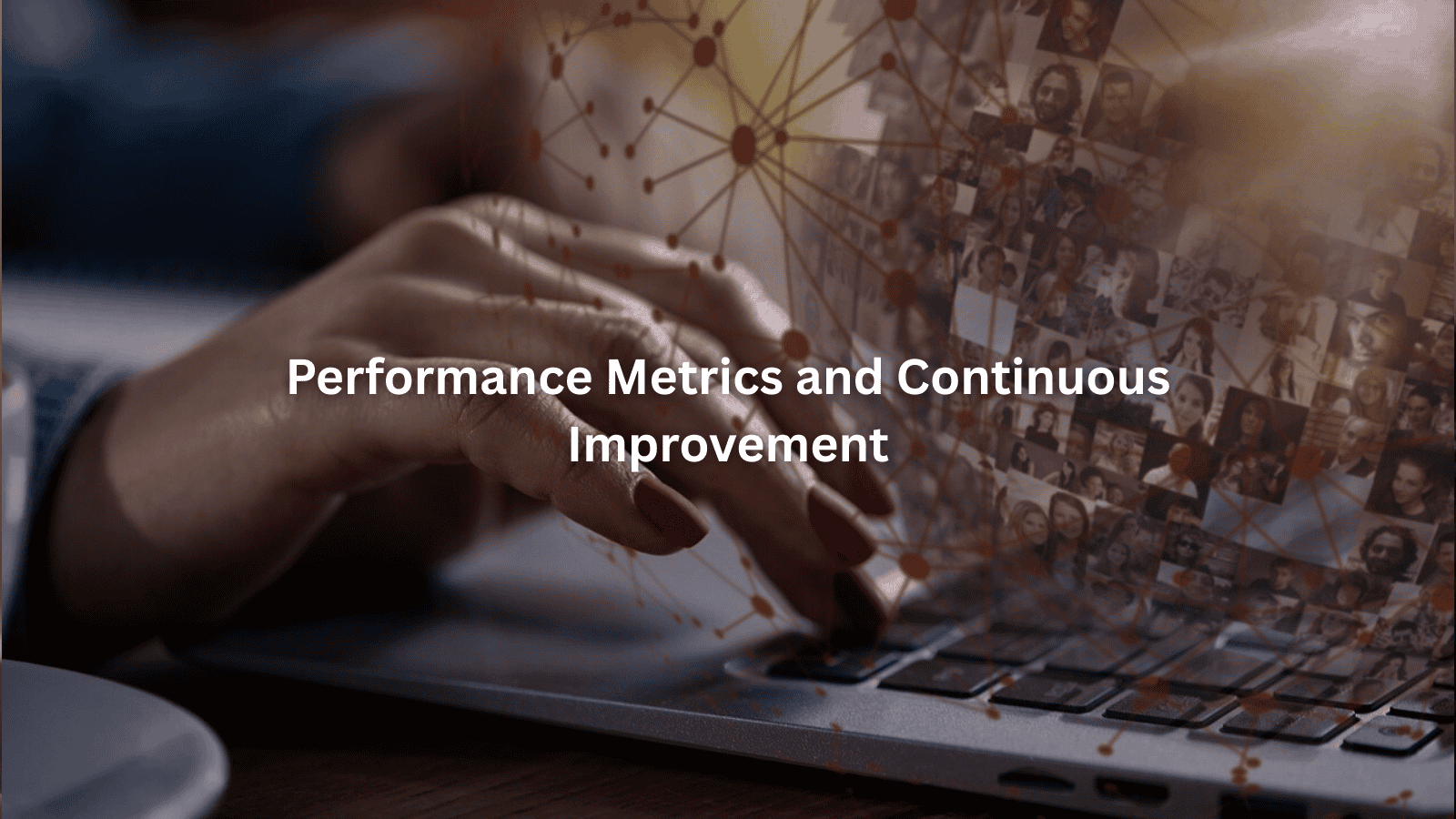
Key Performance Indicators (KPIs)
Tracking performance metrics is crucial for continuous improvement. We monitor turnaround times, editorial consistency rates, and error detection frequency.
By establishing clear KPIs, we can measure the effectiveness of our editorial processes and make informed adjustments.
Feedback Collection Mechanisms
Soliciting feedback from our editors about their experiences with AI tools is essential. This information helps us identify pain points and areas for improvement.
- Solicit editor experiences: Regularly gather insights on AI effectiveness.
- Incorporate feedback: Use editor input to enhance both AI tools and editorial processes.
Are You a Digital Agency?
White Label SEO Content Services for Agencies
Scalable, customizable, and results-driven content solutions for your clients.
This iterative approach ensures that our workflows remain effective and aligned with our team’s needs.
Iterative Workflow Refinement
As AI capabilities expand, we must continuously refine our workflows. Ongoing training and skill development initiatives are vital to keep our editors up to date with new technologies.
- Regular reviews: Continually assess workflows to maximize efficiency.
- Training initiatives: Provide opportunities for editors to learn and adapt.
This process leads to higher quality content and more efficient editorial operations.
Case Study: Visual Content Editing
Visual Editing Tasks That AI Actually Handles Well
Ever watch someone spend hours cutting out backgrounds from product photos? Not anymore. AI programs just do it now, and they’re pretty good at it too. Same goes for fixing colors and making everything match. Sure beats having somebody click through hundreds of photos one at a time.
Take last month’s spring catalog shoot. What used to take a team three days now takes about six hours. Not perfect every time, but good enough that someone can just check the results and fix the weird ones. Kinda makes you wonder what everyone did with all that extra time before. Probably actually took lunch breaks.
Human Creative Oversight
Look, computers don’t understand why a joke lands or why some stories hit harder than others. That’s where real editors come in. They’re the ones who know if something’s actually going to work with readers or if it’s going to fall flat. Sometimes content looks perfect on paper but just feels… wrong.
Those tricky situations with special brand rules or touchy subjects? Yeah, that’s definitely not AI territory. Real people need to handle that stuff. Always.
Outcomes and Benefits
The numbers tell a pretty good story here. When teams get the mix right between AI help and human know how, they get more done. Simple as that. Quality stays solid too, probably because people aren’t wasting time on stuff computers can handle.
The best part? Editors finally get to do what they’re actually good at. Instead of fixing commas all day, they’re making content better in ways that matter. Some days it works better than others, but overall? It’s working out pretty well. Risk Management and Adoption Strategies
Identifying Potential Risks & Mitigation Approaches
While integrating AI into our editorial processes brings significant benefits, we also notice the potential risks. Overreliance on AI can lead to quality drops, missed context, or ethical issues.
As Fortune reports, many companies are finding that benchmarking AI performance against “average” human output is far more complex than expected, making it harder to trust AI with nuanced or high-stakes decisions [ 2 ].
To mitigate these risks, we do comprehensive training programs and a gradual technology rollout. This allows our team to adapt comfortably to new tools without feeling overwhelmed.
Building Trust in Human-AI Collaboration
Need a Strategic SEO Content Partner?
Let’s craft SEO content that ranks, converts, and grows your brand.
Talk to UsTransparent communication about AI capabilities and limits fosters trust among team members. Encouraging collaborative problem-solving and adaptation helps integrate AI smoothly into our workflows.
By emphasizing this collaboration, we can ensure that our editorial projects thrive in a changing landscape.
FAQ
How can we effectively balance the strengths of AI and human editors in a project?
Balancing AI and human strengths involves recognizing what each can do best. AI is great for repetitive tasks like proofreading and formatting, while humans excel in creative decision-making and ethical judgment. By assigning routine tasks to AI and keeping critical decisions with human editors, we can ensure both efficiency and quality. Communication between both parties is key to maintaining this balance.
What role does governance play in managing human-AI editorial projects?
Governance is crucial in managing how AI is integrated into editorial workflows. It sets guidelines for ethical use, data privacy, and bias detection. Having a clear governance framework helps ensure that AI tools are used responsibly and that human oversight is maintained. This means establishing policies that help monitor AI outputs for fairness and accuracy, ensuring that editorial integrity is upheld.
How can we encourage open communication between AI and human editors?
Encouraging open communication starts with creating a culture of trust. Team members should feel comfortable giving feedback on AI suggestions without fear of judgment. Regular meetings or informal check-ins can provide opportunities for discussion. We can also implement feedback loops where humans refine AI outputs, allowing both parties to learn from each other and improve over time.
What specific training should human editors receive when working with AI tools?
Training for human editors should focus on understanding how AI tools function and their capabilities. Editors need to learn how to provide effective input and context for better outputs. Workshops on prompt engineering can enhance their ability to communicate with AI. Additionally, training should include sessions on ethical considerations and how to interpret AI suggestions critically, ensuring that human judgment remains paramount.
How can performance metrics be effectively utilized in managing AI editor projects?
Performance metrics help us track the effectiveness of both AI and human contributions. By establishing key performance indicators, like turnaround times and error rates, we can gauge how well the workflow is functioning. Regular assessments allow us to identify areas needing improvement. This data-driven approach helps us make informed decisions about adjustments, ensuring that both AI tools and human efforts are working together efficiently.
Conclusion
Managing human-AI editor projects means striking a balance between speed and quality. With platforms like Jet Digital Pro, digital agencies can scale their content production without sacrificing editorial standards. By embracing collaboration, clear governance, and continuous optimization, agencies can deliver content that meets Google’s standards and truly connects with readers. Jet Digital Pro’s unique blend of AI tools and human oversight makes this possible at scale.
Ready to scale your content without the stress? Contact Jet Digital Pro today.
References
- https://www.nature.com/articles/s41598-024-69423-
- https://fortune.com/2025/07/08/companies-want-ai-to-be-better-than-the-average-human-measuring-that-isnt-straightforward
Related Articles
- https://jetdigitalpro.com/integrating-human-ai-editors-into-workflow/
- https://jetdigitalpro.com/human-ai-editor-workflow-integration
- https://jetdigitalpro.com/human-in-the-loop-ai-content
P.S – Whenever you’re ready,
we’re here to help elevate your SEO content.
Partner with us for strategic, scalable content that drives real organic growth.
Contact Us Now
